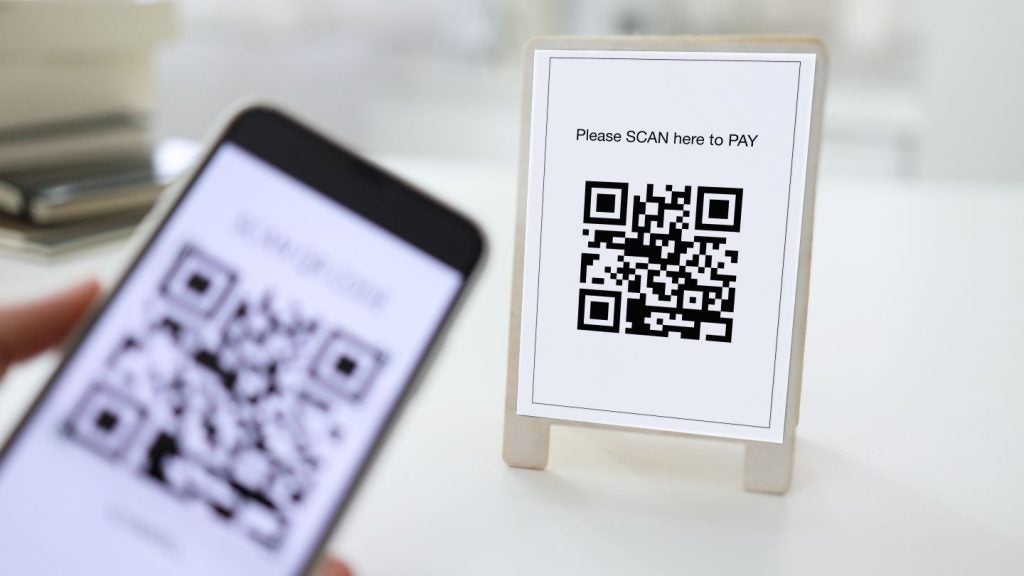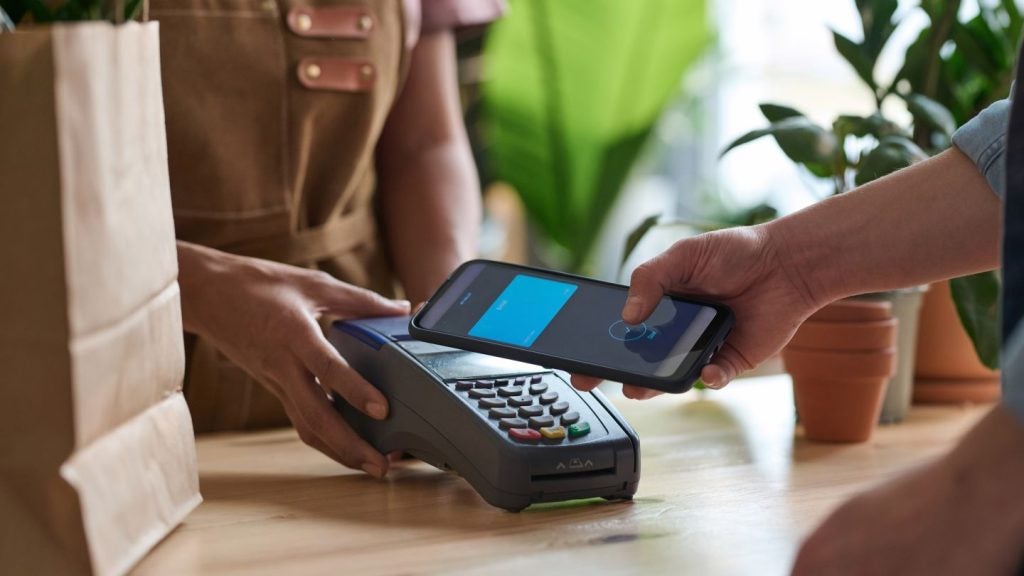In two years, the Payments Services Directive 2 (PSD2) will become law. Sure, this seems a while off yet, but with around 100 or so pages of dense legislation, it makes sense to start digesting it now. Jonathan Williams, director of payments strategy, Experian, highlights the key areas that corporates should be thinking about
Voted in by the European Parliament to improve cross-border payments, it follows on from the first version in 2007, which created a new legal framework for payments.
More players and improved services
There are two key advantages. Firstly, corporates and consumers will be able to control their bank accounts using ‘third party providers’. If you, as a corporate, feel your current service is not meeting your specific banking needs, then you will be able to use a third party provider (or a Payment Initiation Service Providers according to PSD2) to access account information or initiate payments instead. This may be an organisation that provides your business and mobile applications, for example. You would give them permission to integrate, say, with your ERP or payroll system. The potential is a more appropriate service for your business.
Under the new rules, however, third parties will be more liable and need to insure themselves in case anything goes wrong. While it’s a good thing, it does mean such services will no longer be free.
Secondly, PSD2 has created Account Information Service Providers – third parties, who can go into your business bank account and analyse your information eg statements. Corporates can then better understand their current position and see where improvements could be made.
Security first
Such an open payments market raises questions about security. Everyone, corporates and consumers, need reassurance that their data and systems are only being accessed by those who should have access to them.

US Tariffs are shifting - will you react or anticipate?
Don’t let policy changes catch you off guard. Stay proactive with real-time data and expert analysis.
By GlobalDataWith PSD2, Payment Initiation Service Providers must have stronger customer authentication processes in place. They must establish: something you know e.g. password, something you have e.g. token and something you are e.g. biometric authentication. Plus, fraudsters must not be able to replay authentication data and get a successful payment. This is the first time common standards on how a bank establishes their customer’s identity will be in place.
What’s changing?
With PSD2, providers will know exactly where they stand. It will clarify the uncertainty that was present with the first 2007 directive around what was covered by the laws, such as payments and receivables ‘on behalf of’, or how payments should be directed.
Furthermore, PSD2 now covers ‘one leg in’ and ‘one leg out’ transactions – payments that either start in Europe and end elsewhere, or start elsewhere and end in Europe – and includes all currencies.
Until the changes actually filter down to national and business level, it’s important that businesses start considering them now and recognise that PSD2 is not just an update. It will make online payments safer and creates greater competition in the market.








